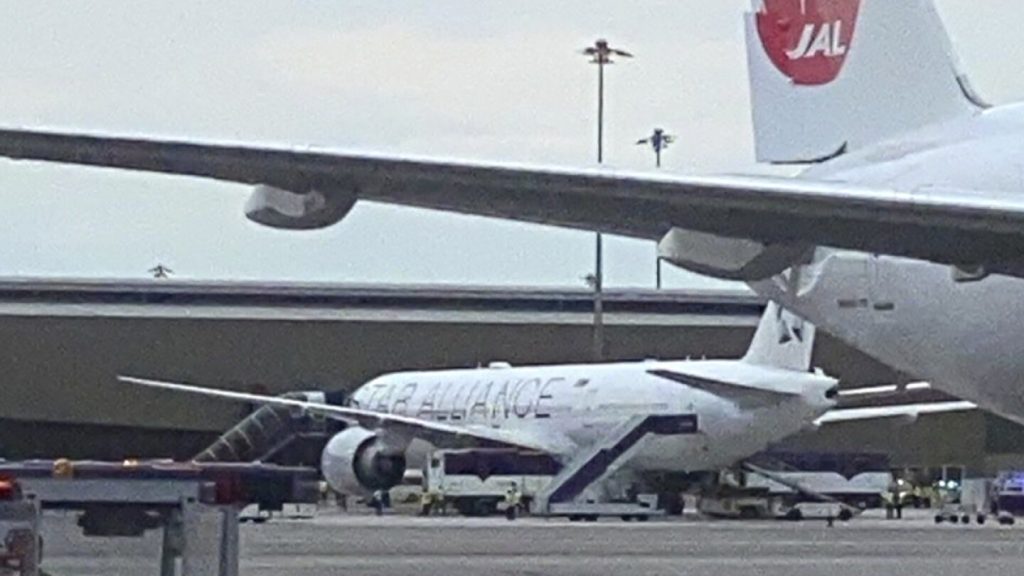Experts are highlighting the potential dangers of flying through unstable air following the death of a British man and injuries to dozens of other people aboard a Singapore Airlines flight that hit severe turbulence. While the exact cause of the man’s death is still under investigation, experts point to the significant safety hazards that in-flight turbulence poses to airline passengers and crews. Although turbulence-related fatalities are rare, injuries have stacked up over the years, with reports indicating an increase in turbulence encounters.
Turbulence is essentially unstable air that moves unpredictably, with the most dangerous type being clear-air turbulence that often occurs without any visible warning. Clear-air turbulence is caused by wind shear near the high-altitude rivers of air known as jet streams. When two air masses close to each other move at different speeds, the atmosphere can break into turbulent patterns, creating chaotic motions in the air. Experts emphasize the importance of wearing seat belts as a first line of protection for air travelers, given the unpredictable nature of turbulence encounters.
Tracking the total number of turbulence-related injuries worldwide is challenging, but some countries publish national data on such incidents. In the United States, more than one-third of all airline incidents from 2009 through 2018 were related to turbulence, resulting in serious injuries to passengers and crew members. While fatalities from turbulence are extremely rare, reports indicate that minor injuries like broken bones have occurred during turbulence encounters. Safety measures such as reviewing weather forecasts and suspending cabin service during rough air have helped prevent more serious incidents over the years.
Pilots use various methods to avoid turbulence, such as using weather radar displays to navigate around thunderstorms and making visual observations of wind shear near jet streams. Clear-air turbulence presents a unique challenge to pilots as it can be devastating and catch passengers off guard. Air traffic controllers notify pilots of turbulence encountered by other planes, and pilots plan routes around areas with signs of wind shear above, below, or around such turbulent areas. Modern planes are designed to withstand turbulence, with any cosmetic damage in the cabin areas not impacting the structural integrity of the aircraft.
Reports suggest that turbulence encounters are on the rise, with factors like climate change potentially contributing to increased turbulence in the air. Some scientists predict that climate change could alter the jet stream and increase wind shear, leading to higher turbulence levels. Research indicates that severe clear-air turbulence in the North Atlantic has already increased significantly, with projections suggesting a further rise in turbulence levels if global conditions continue as expected. While the rise in overall air traffic could also contribute to more turbulence encounters, the importance of wearing seat belts as a safety precaution in the air cannot be emphasized enough.
In conclusion, air travelers are advised to buckle up as the first line of defense against in-flight turbulence. While turbulence can be difficult to predict, wearing a seat belt greatly increases the chances of avoiding serious injuries during turbulent encounters. Experts stress that planes are generally built to withstand turbulence, and wearing seat belts is crucial to preventing injuries. With reports indicating a rise in turbulence encounters and potential climate impacts, travelers are urged to prioritize safety by fastening their seat belts whenever possible.


